The Jaecoo EJ6 is probably the closest model to my heart ever since the brand introduced itself to us members of the media. It’s not too big (at least at first glance) and it’s boxy, which suits my taste in cars. That’s not endemic to me, apparently—it’s actually a popular model for the brand, with orders already in place even before Omoda & Jaecoo publicly revealed its pricing.
I had a very quick experience with it in China, but it was too short for a deep dive. I also drove it this year through an off-road course and on track, but again, not long enough for a full review. Now that I’ve had it for a week, it’s time to take a proper, detailed look at the Jaecoo EJ6 as a daily driver.
For the Love of Boxy Cars
The Jaecoo EJ6 features a boxy design, which is quite popular these days. Think of it as an electric Suzuki Jimny, but bigger, more advanced, and of course, fully electric. The media unit I tested came in green, which suits the car well. Other color options weren’t specified, but this shade gives it an adventurous, rugged appeal with a European touch.
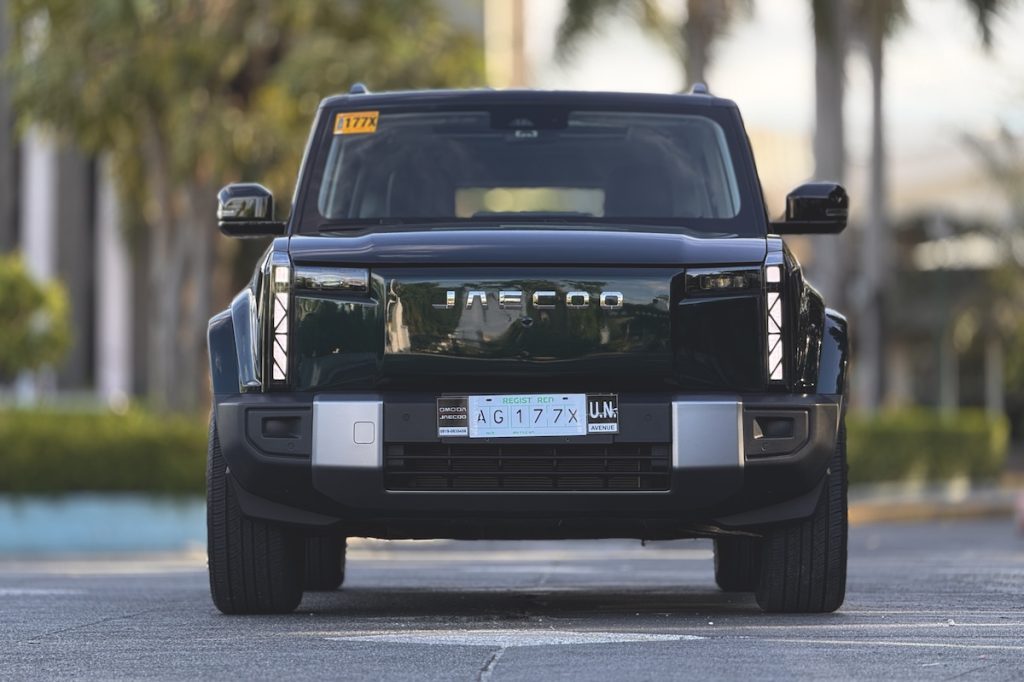
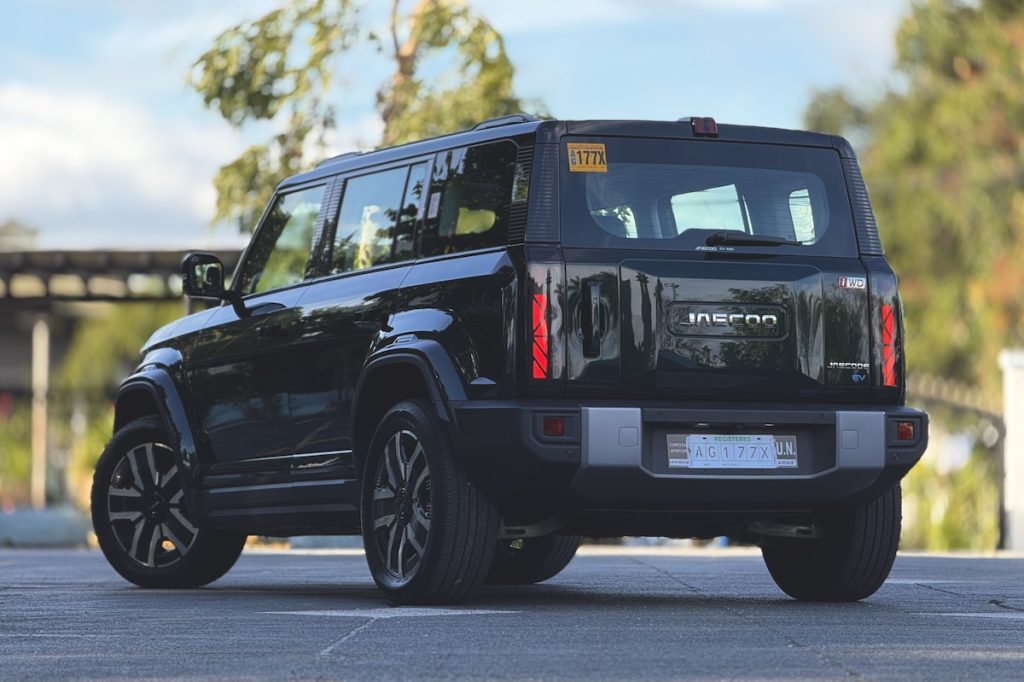
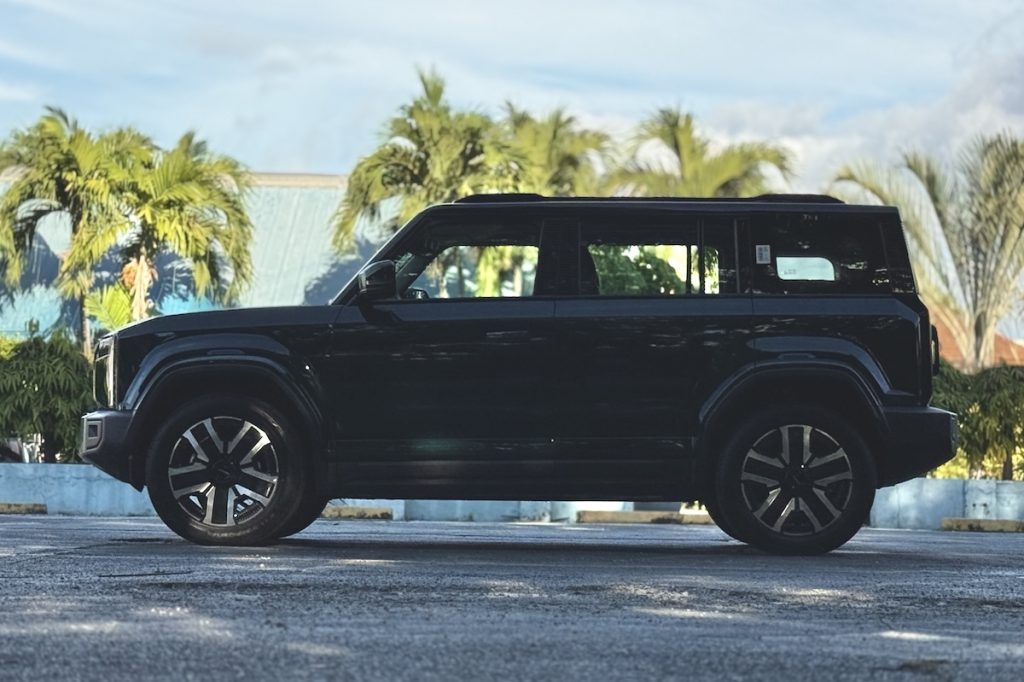
Lighting is handled by Intelligent High Beam Assist, and the automatic lighting system works seamlessly. Just leave it on auto and forget about it. In terms of size, it measures 4,342 mm long, 1,930 mm wide, and 1,741 mm tall. Compared to a Toyota Corolla Cross, it’s shorter but wider and taller, with a longer wheelbase, translating to a roomier cabin. The wheels look traditional, fitting the boxy styling well.
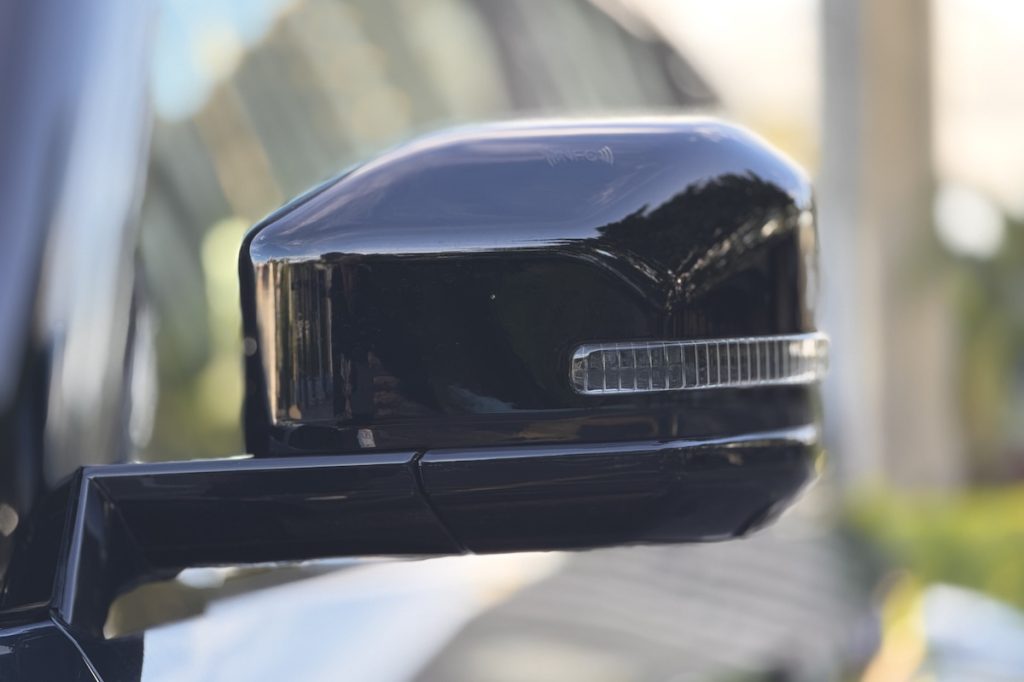
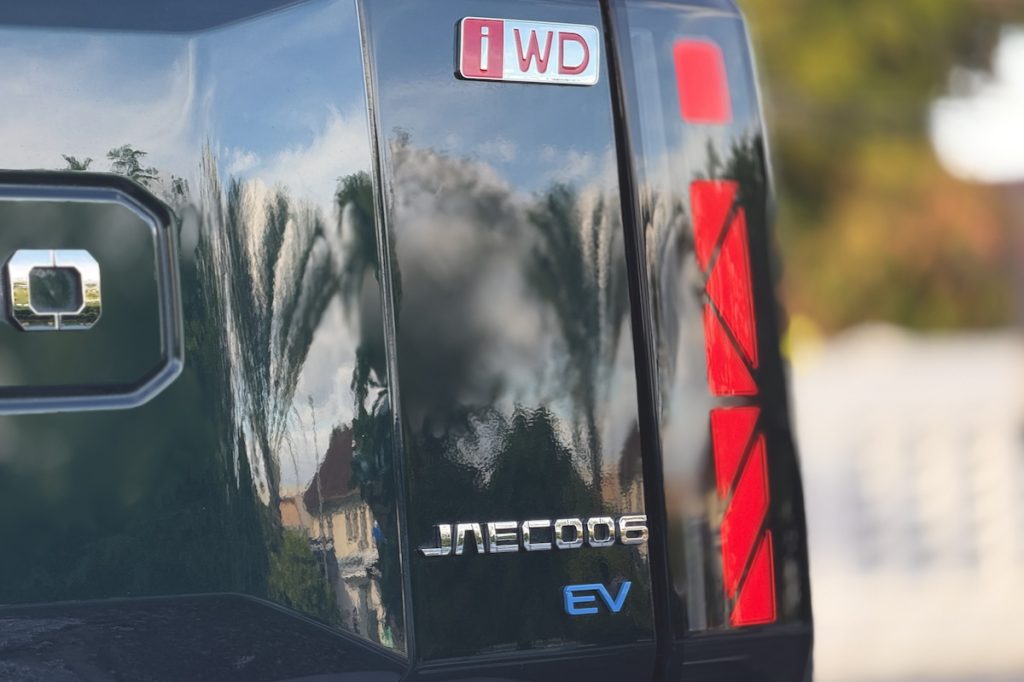
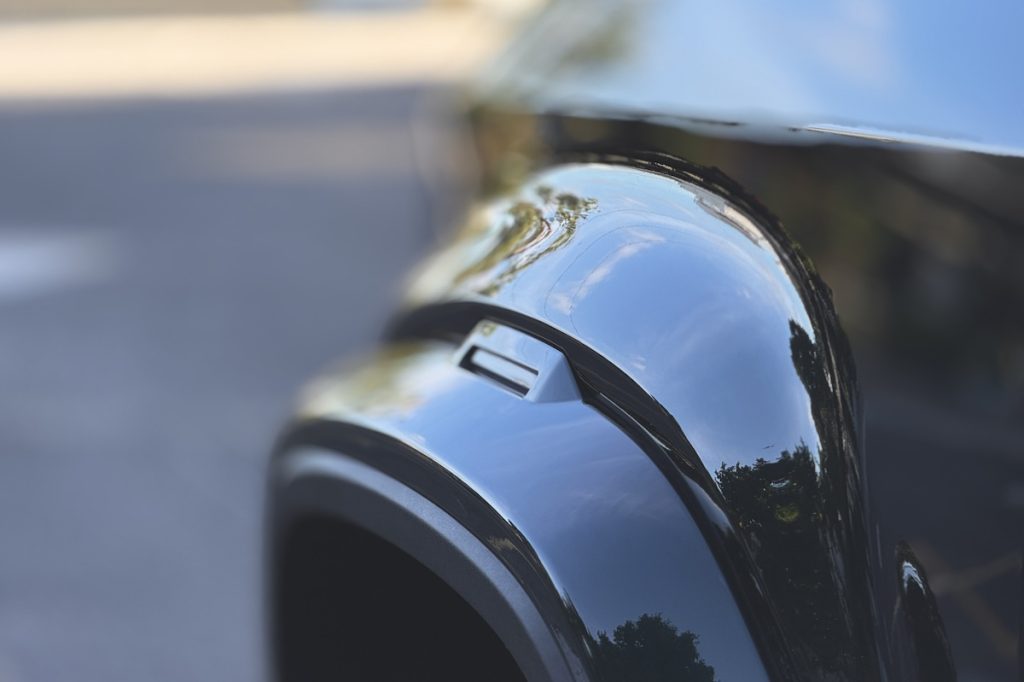
My complaints are few for the exterior (like the barrage of badges on the tailgate), especially with the number of heads the EJ6 turned on the road. However, there are swirl marks on the paint of the test unit, but I’m not sure if they’re from the factory or just a result of improper washing after this unit’s off-road adventures.
Spacious with Notable Design Desicions
Inside, the EJ6 feels spacious and somewhat premium, though there are plenty of easy-scratch surfaces, which means it might not age well unless the owner is careful. Driver and front passenger space is generous, with plenty of storage compartments, and the second row is also roomy, especially for the average Filipino build. It comes with two A/C vents, charging ports, and a foldable armrest. Trunk space isn’t detailed in the specs, but the boxy shape ensures an ample cargo area without the compromised practicality of curvy crossovers.
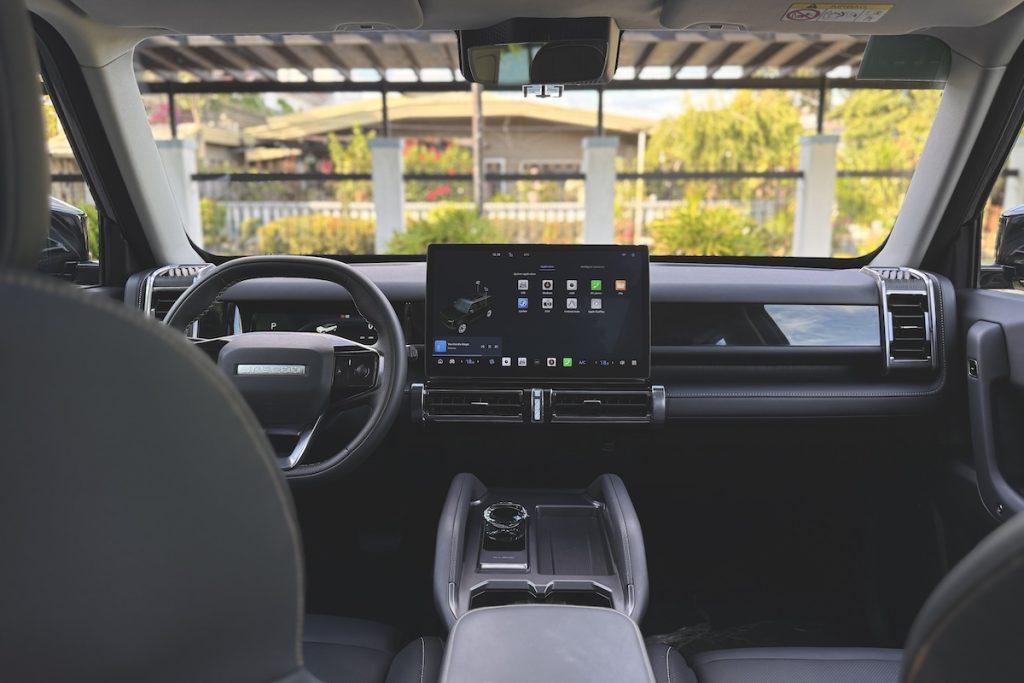
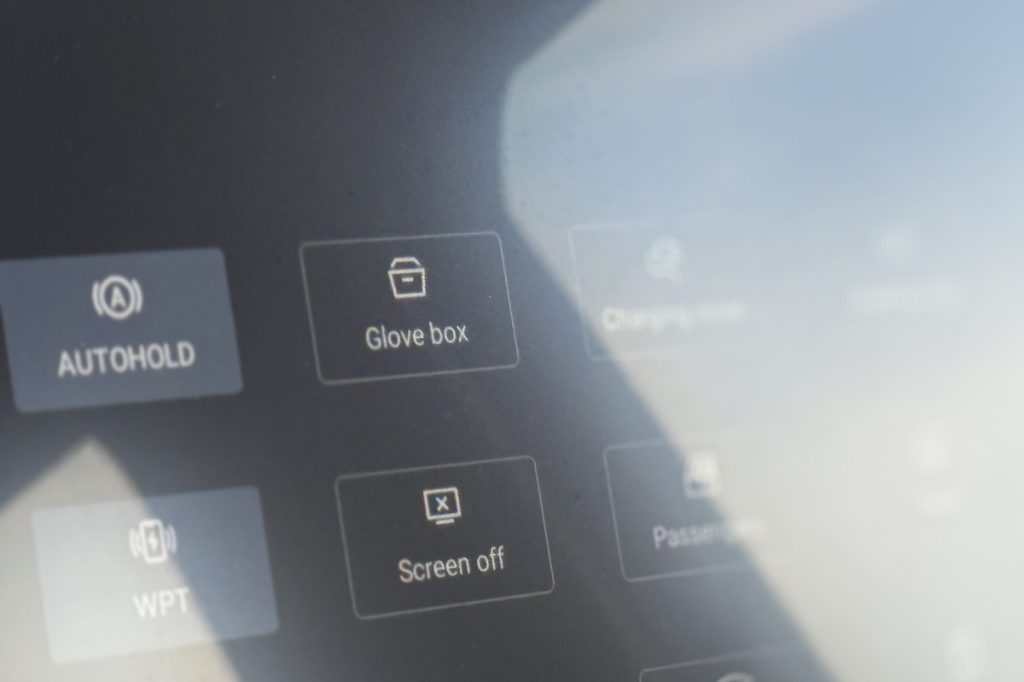
However, several quirks make the interior experience less enjoyable. For instance, the only way to open the glove box is via the infotainment screen; I mean, what’s wrong with an actual button? The illuminated vanity mirror cover opens from the bottom, which means you have to close it before stowing the sun visor, or it gets stuck. Finding a comfortable driving position was also difficult, and the car’s door buttons replace conventional latches, which feels unnecessary unless the doors open automatically (they don’t). The window controls are odd and not very intuitive, and the rearview mirror lacks an anti-glare function, which should have been standard in any car at this point.
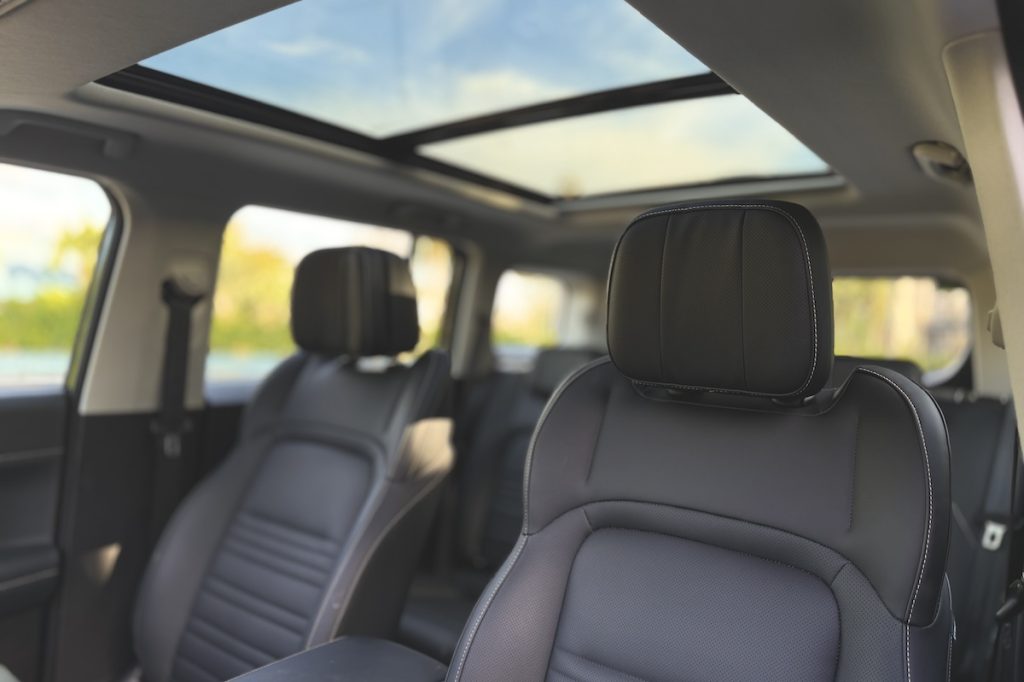
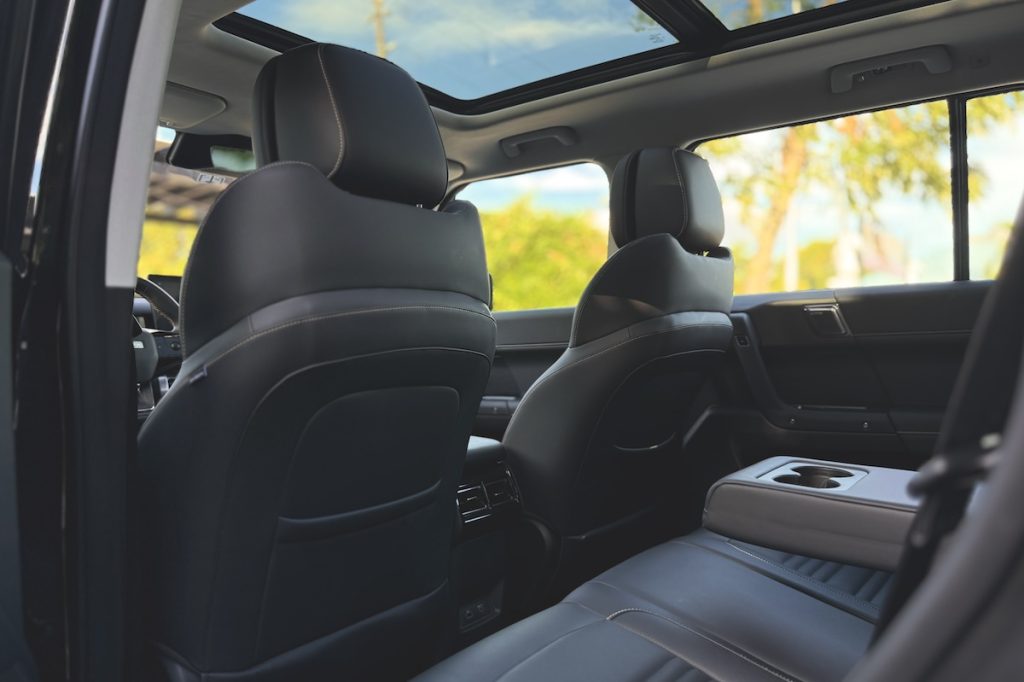

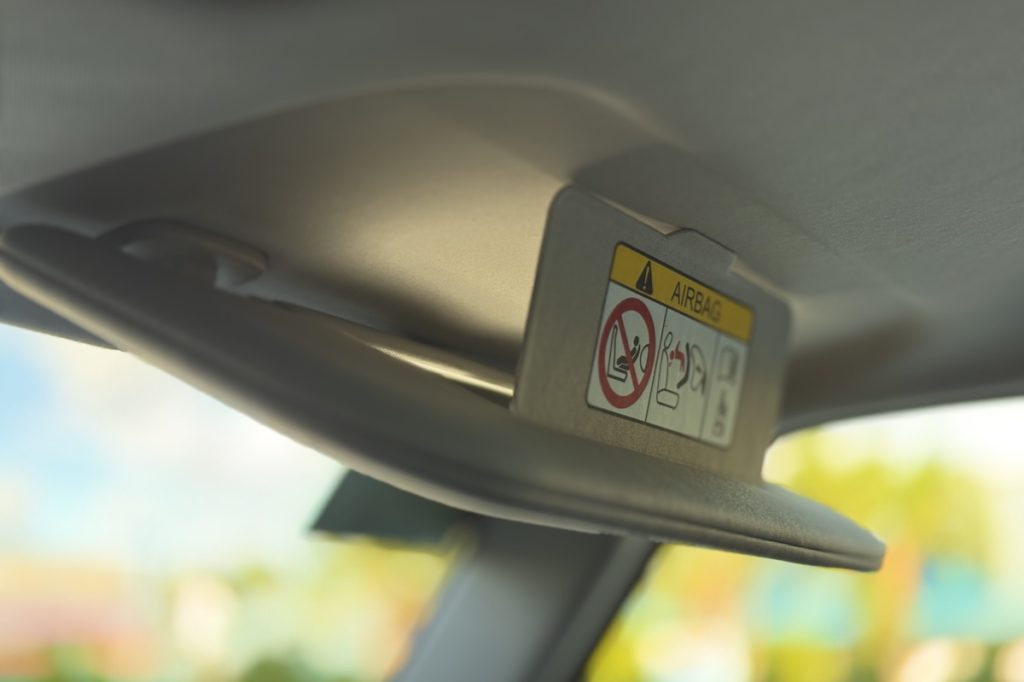
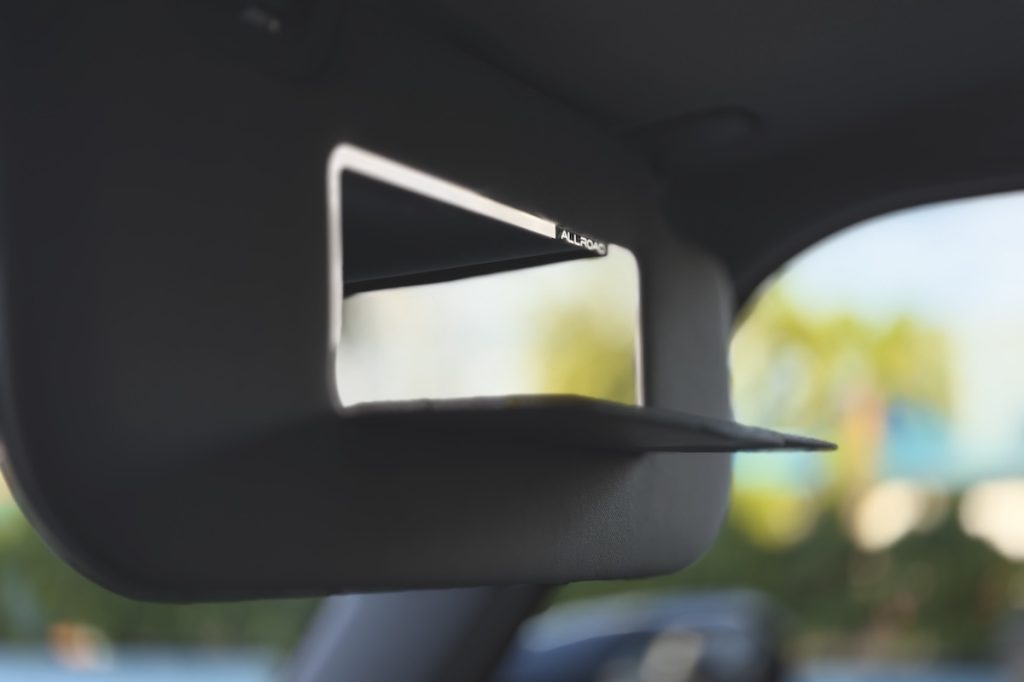
While I appreciate the massive panoramic glass roof – they add visual roominess to the already capacious cabin – you can only open the sunshade through a voice prompt. There is a manual option (again, through the infotainment screen), but it opens the sunroof with it, making it more complicated than it should be. Strangely, there’s no trip meter, which might not be a big deal for most, but is inconvenient for tracking daily mileage.
Techie But with a Serious Concern
The infotainment system features a large screen, which makes the whole cabin look sleek without visible hard buttons but forces too many common functions into the tablet-type screen, leading to more time digging into the menu. Smartphone connectivity includes wired Apple CarPlay, but I couldn’t get it to work, so I resorted to Bluetooth. There’s wireless charging, but having both wireless CarPlay and charging (that work, of course) would have been much more convenient. The Infinity sound system is fine for typical ears but not exceptional despite some effort to fine-tune it.
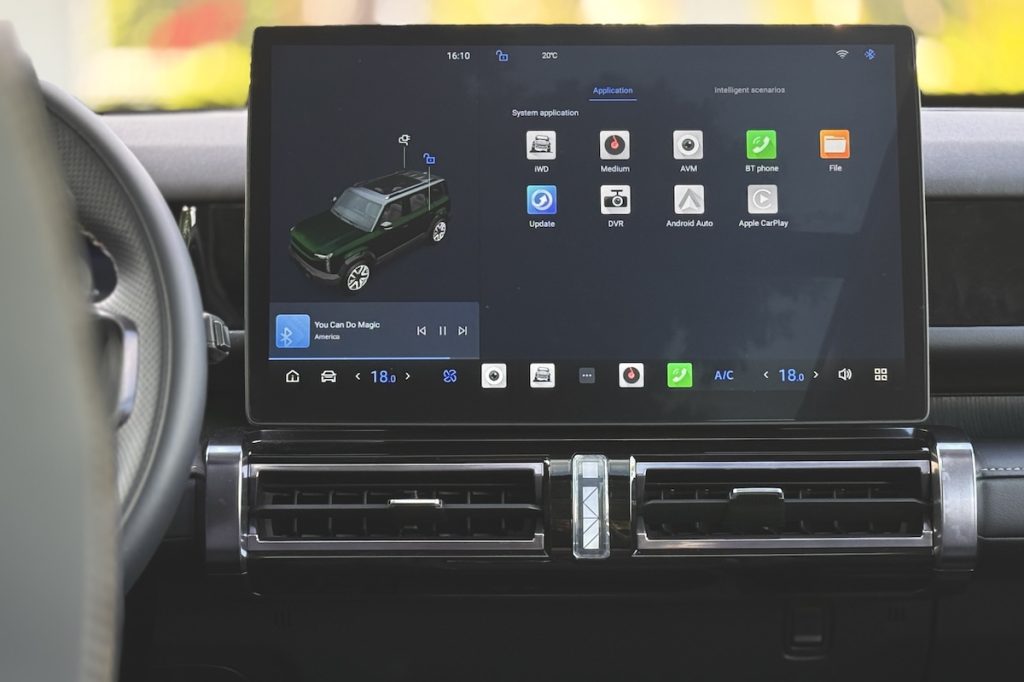
The EJ6 is well-equipped with safety features, including Adaptive Cruise Control, Autonomous Emergency Braking, Blind Spot Detection, Door Open Warning, Emergency Lane Keeping, and Forward Collision Warning. It also has more advanced driver-assist systems like Intelligent High Beam Assist, Lane Keeping Assist, Lane Departure Warning, Lane Departure Prevention, Rear Collision Warning, Rear Cross Traffic Alert, and Traffic Jam Assist.
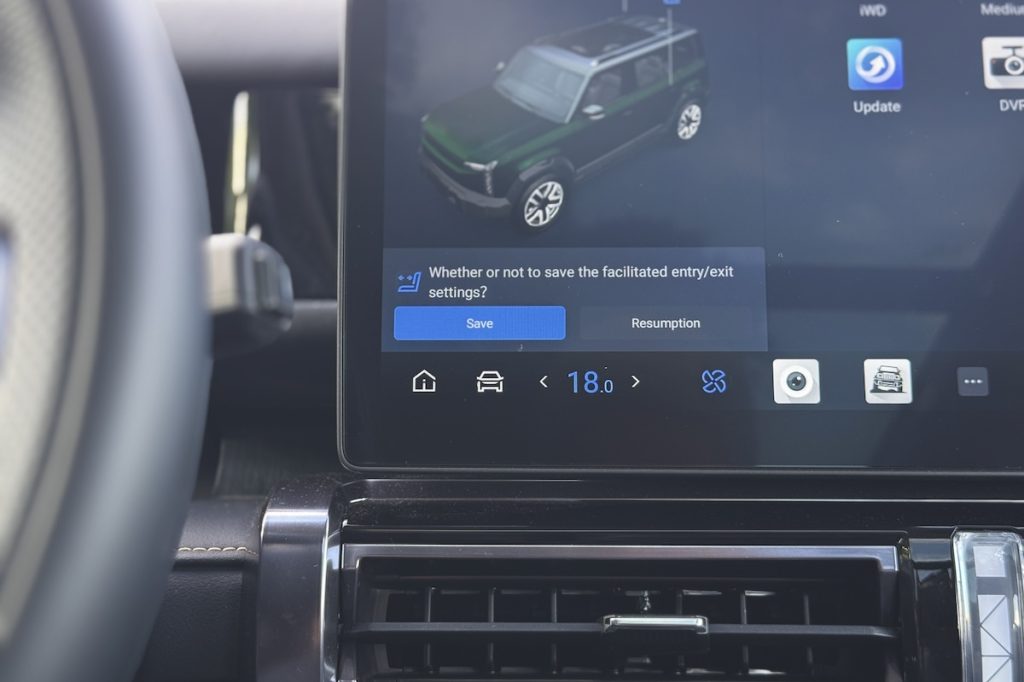
A notable issue with the infotainment is its convoluted and poorly translated menu, making simple functions hard to find. The massage seat function, for example, is buried under the air-conditioning controls instead of the Seats menu, which makes no sense at all. I only discovered the function after four days of having the car in my garage.
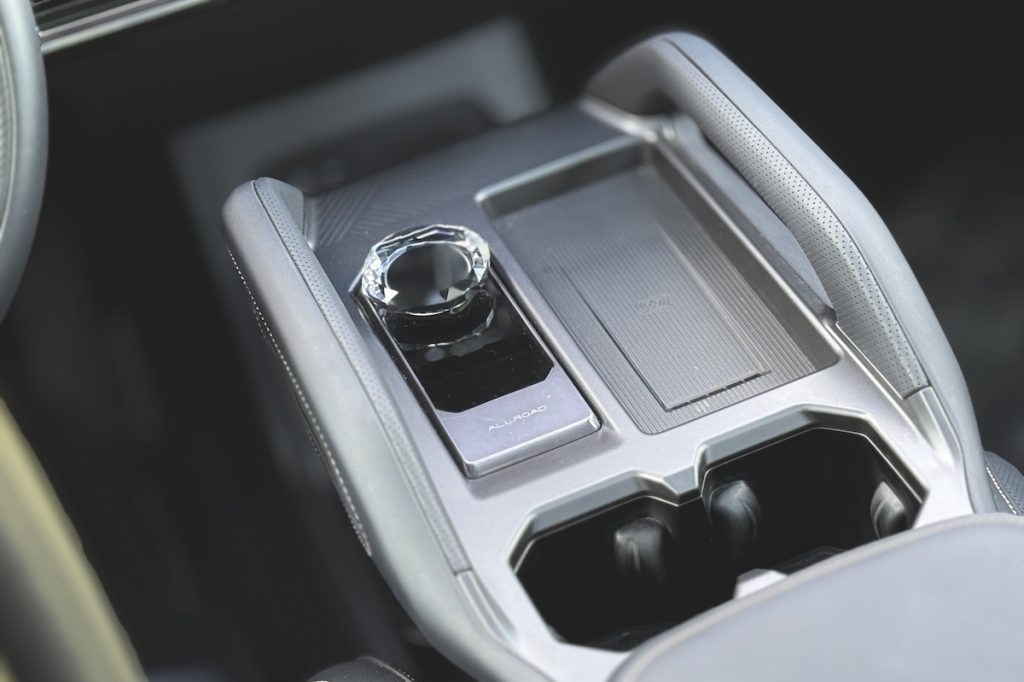
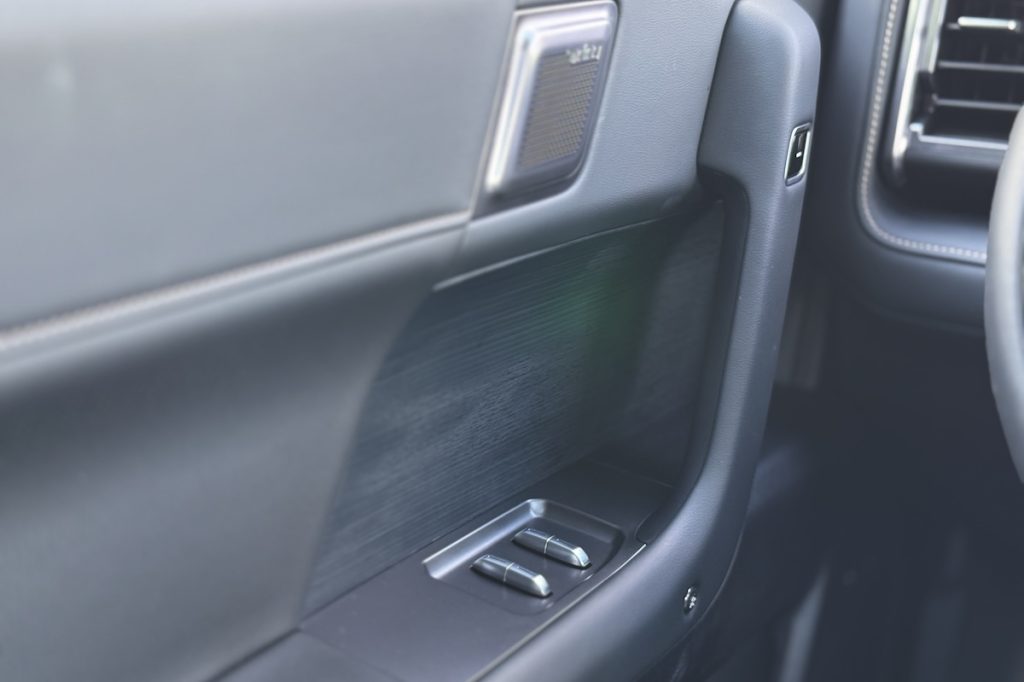
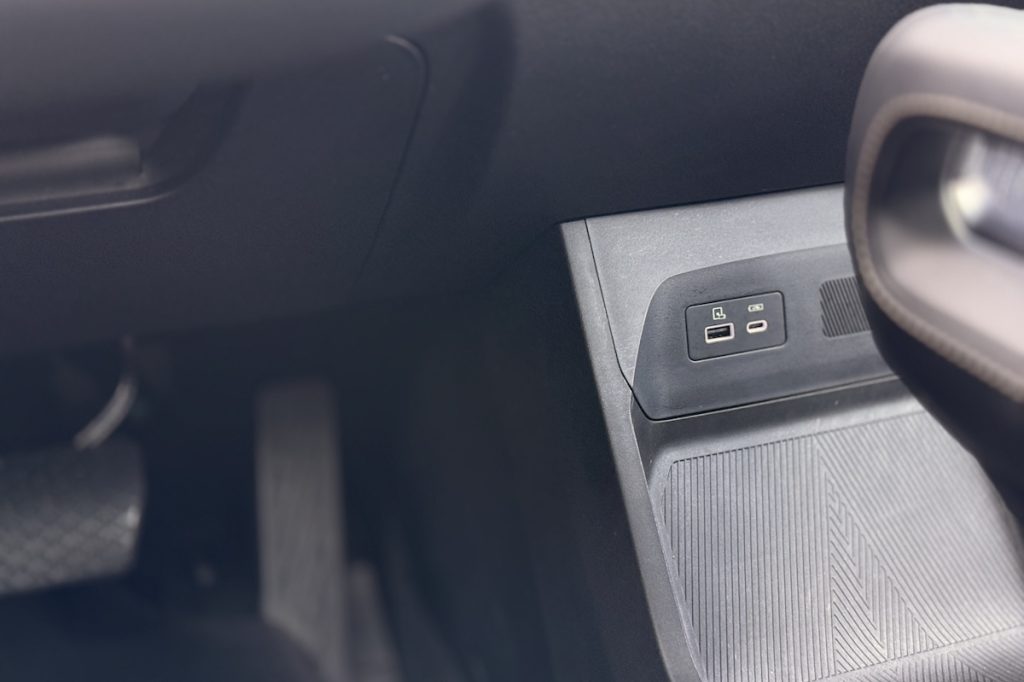
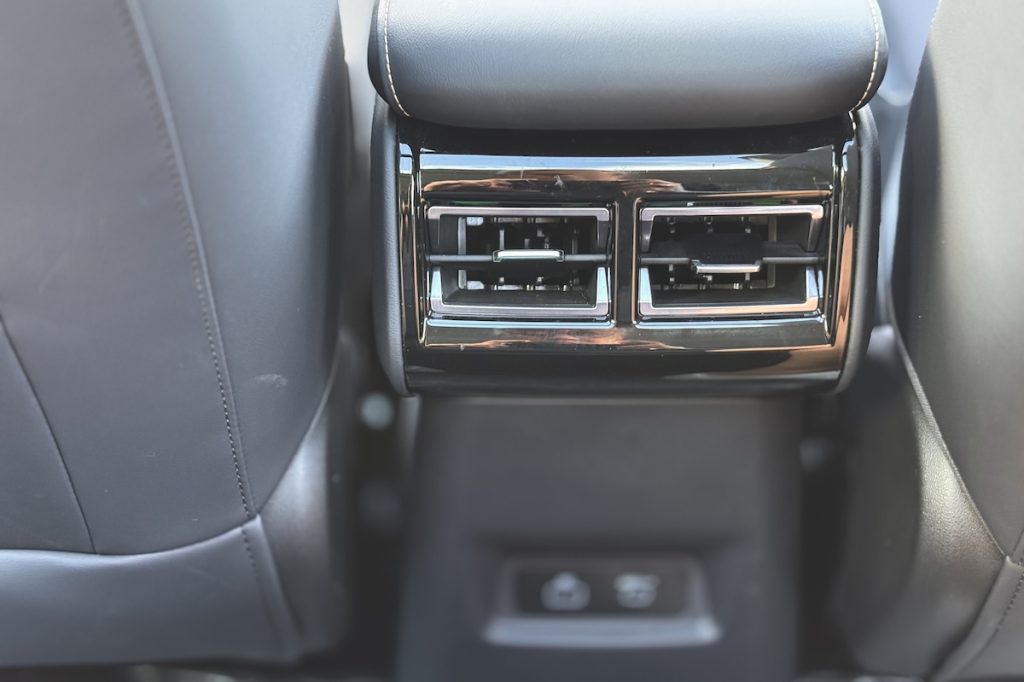
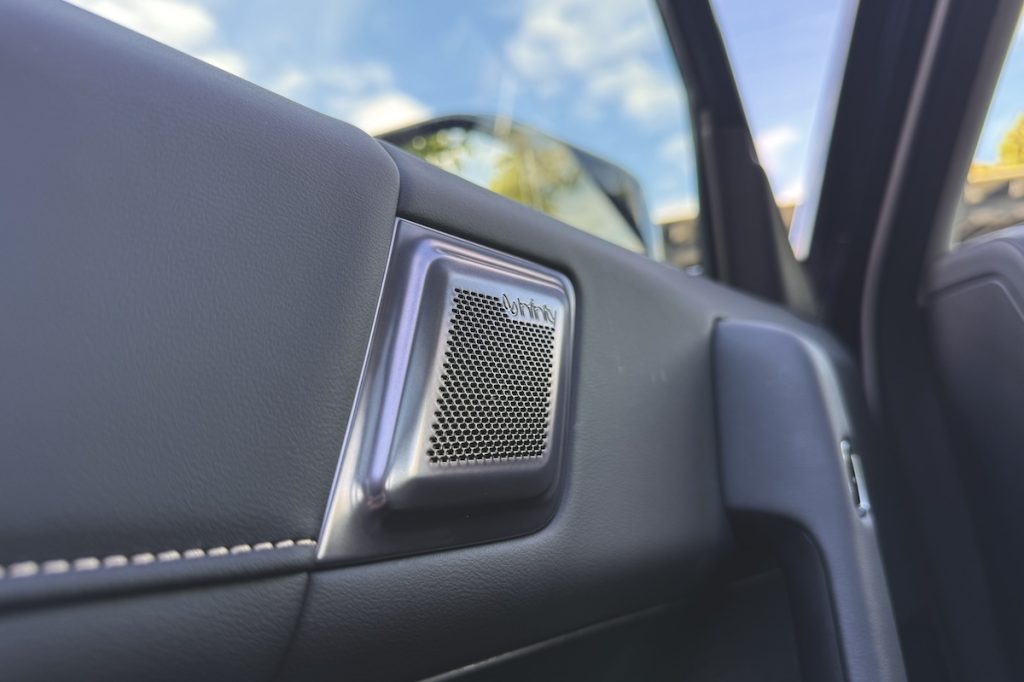
One major safety concern I discovered with the EJ6 is that the brake light doesn’t illuminate when slowing down. It isn’t a concern in the city, but it poses a serious hazard on highways, especially considering that the car can really slow down (almost to a halt) just by lifting your foot off the accelerator.
Tuned for Comfort
The EJ6 features two electric motors, one at the front and one at the rear, producing a combined 275 hp and 385 Nm of torque. Acceleration is smooth but surprisingly tame—it’s tuned more for comfort than outright performance. Braking is strong with a good bite, while the steering is very light and heavily assisted but could use more feedback. Suspension is soft, absorbing road imperfections well, but to the point of feeling floaty, which isn’t ideal on winding roads.
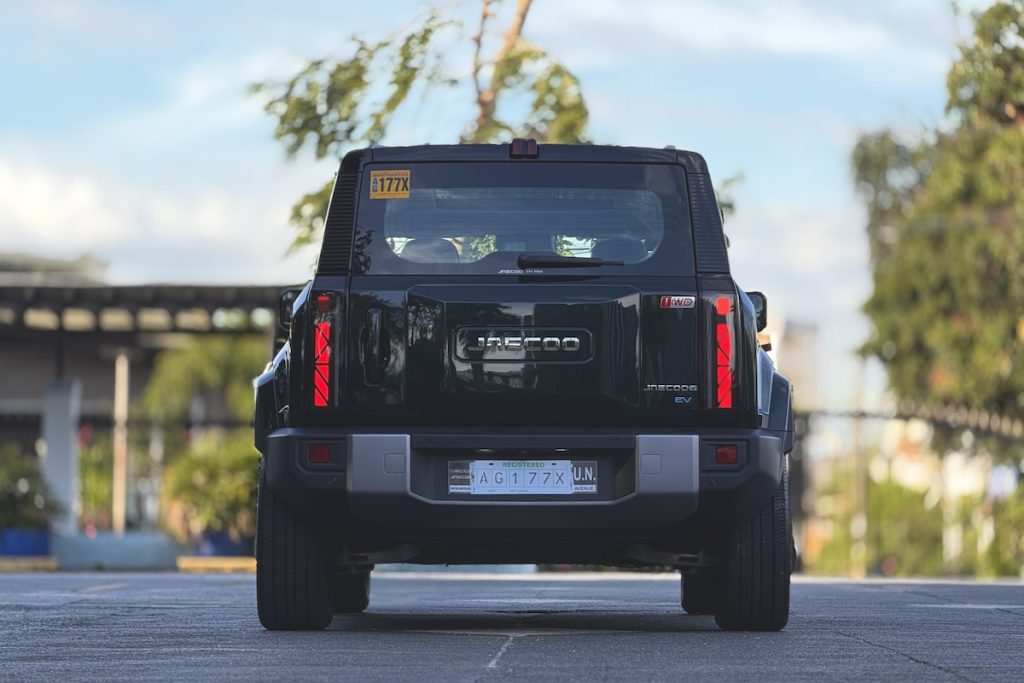
On the highway, the ride is comfortable, though wind and tire noise become noticeable at higher speeds. The car feels light and nimble despite its dimensions, but visibility is somewhat limited, making it feel larger than it actually is.
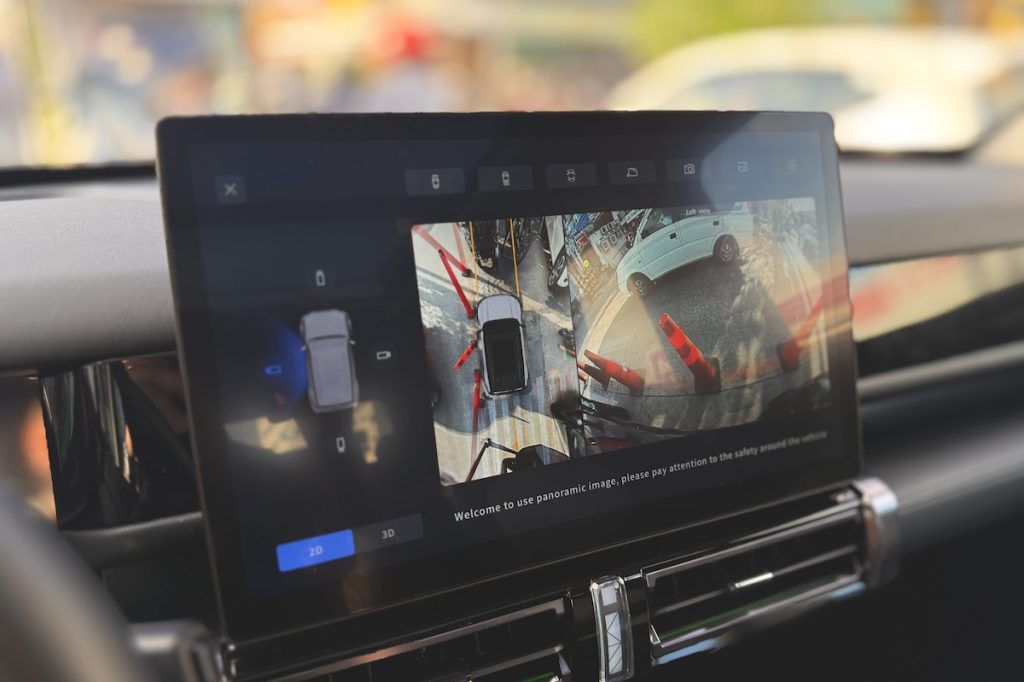
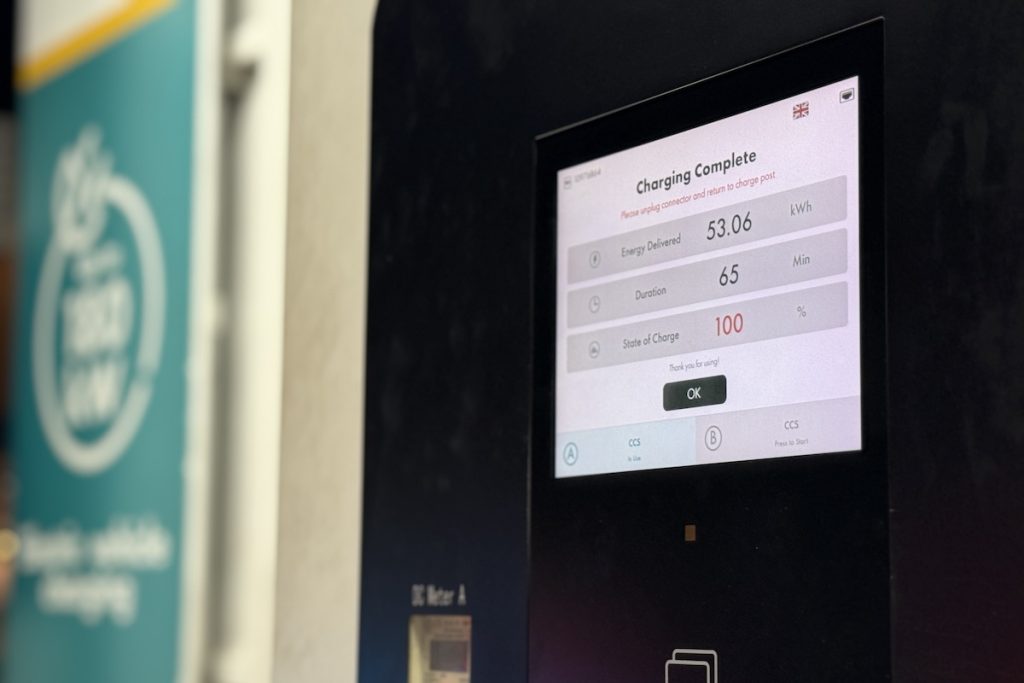
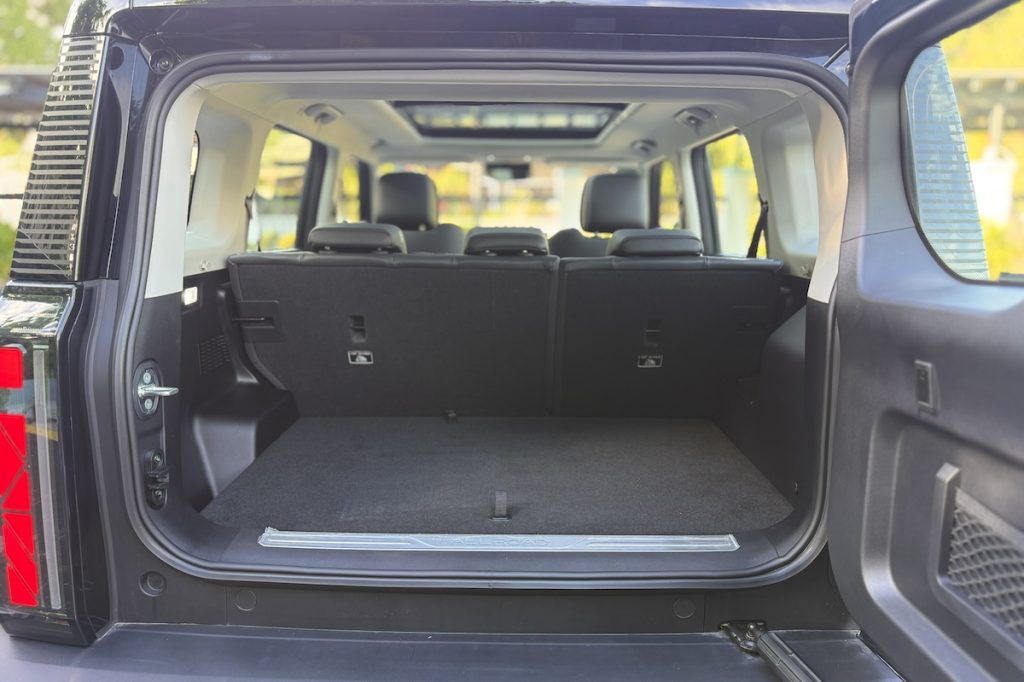
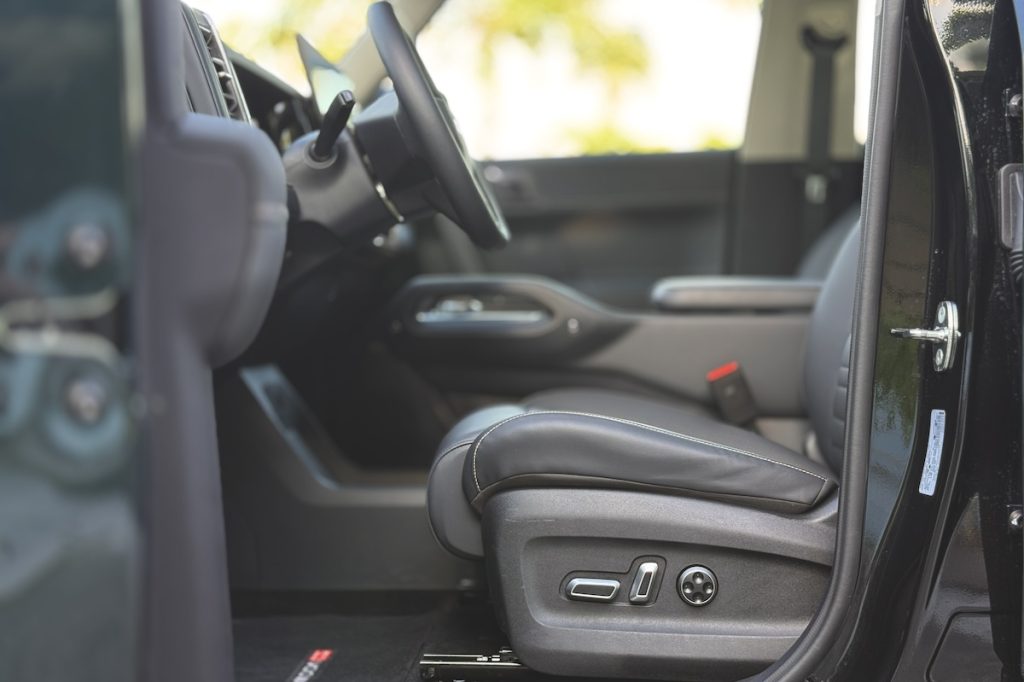
The EJ6’s battery capacity is 69.77 kWh, offering a confirmed range of 421 km on a full charge (according to the instrument cluster). Charging from 30-100% using DC fast charging at Shell Recharge took about an hour. However, real-world efficiency isn’t great. I had to charge the EJ6 twice in one week despite mostly using it for errands and one long back-and-forth drive between Parañaque and Bulacan. It’s a bit power-hungry, but at least DC charging stations are available—though they do cost serious money (P1,857 for my late-night charging stint at Shell Recharge Mamplasan).
Final Verdict
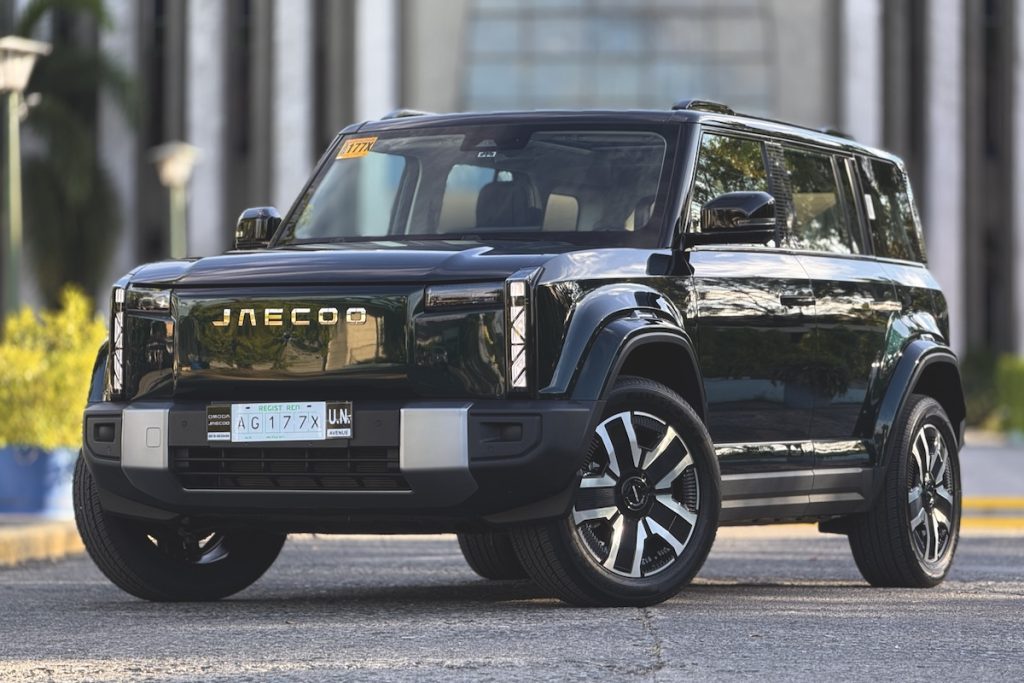
The Jaecoo EJ6 AWD version I tested is priced at P1,799,000. There’s no direct competitor—there isn’t another electric off-roader of this size in the market today—but in terms of its market positioning and price, it competes with similarly sized gasoline or hybrid SUVs, like the 5-door Suzuki Jimny.
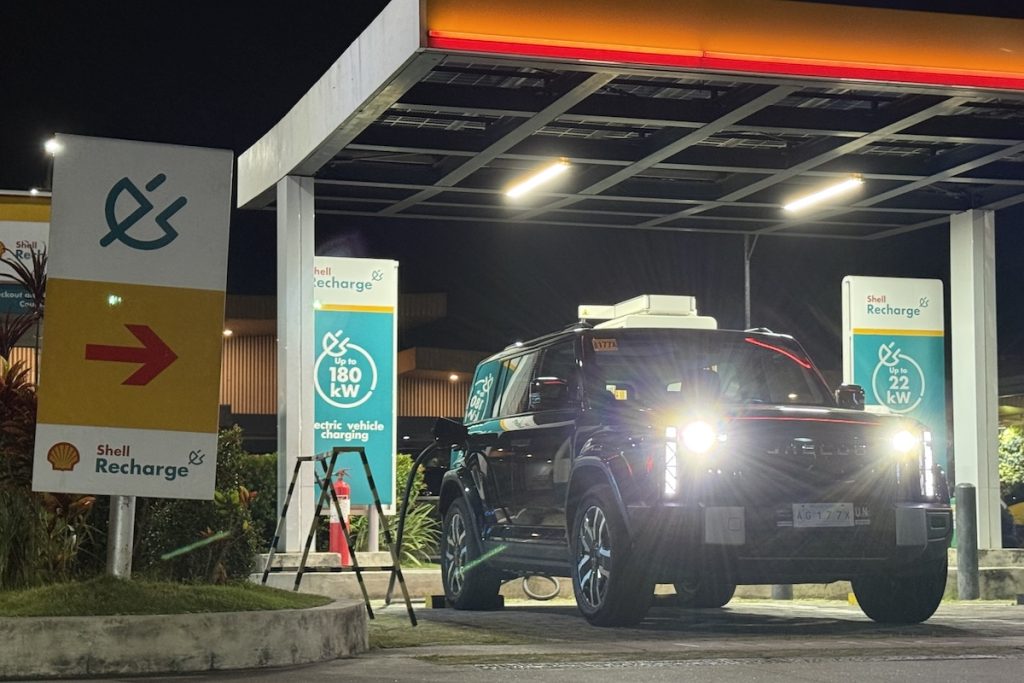
Overall, the Jaecoo EJ6 has a lot going for it. The design is solid, the cabin is spacious, and it’s packed with tech and safety features. However, the quirks—some minor, some genuinely frustrating—hold it back from being a truly great vehicle. The pricing is competitive, but efficiency and certain design choices make it less appealing for daily driving, at least when compared to more conventional models. If you’re looking for a boxy, stylish electric SUV with off-road potential, this might be worth considering—just be ready for some head-scratching design decisions along the way.
P.S. After publishing this review, Omoda & Jaecoo Philippines has confirmed to us that the PH-spec EJ6 will come with wireless Apple CarPlay and Android Auto. This differs from the test unit we drove, which was a pre-production unit that didn’t have both.

